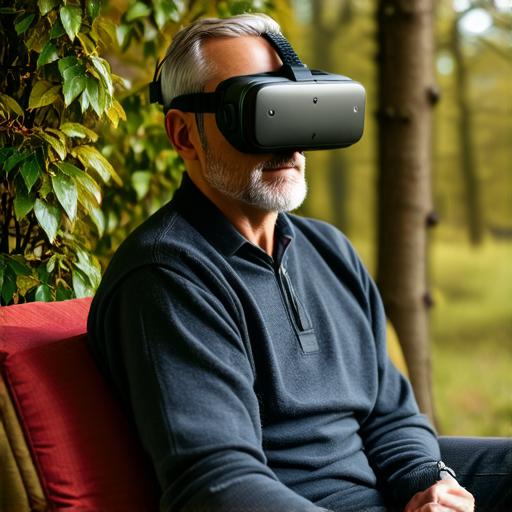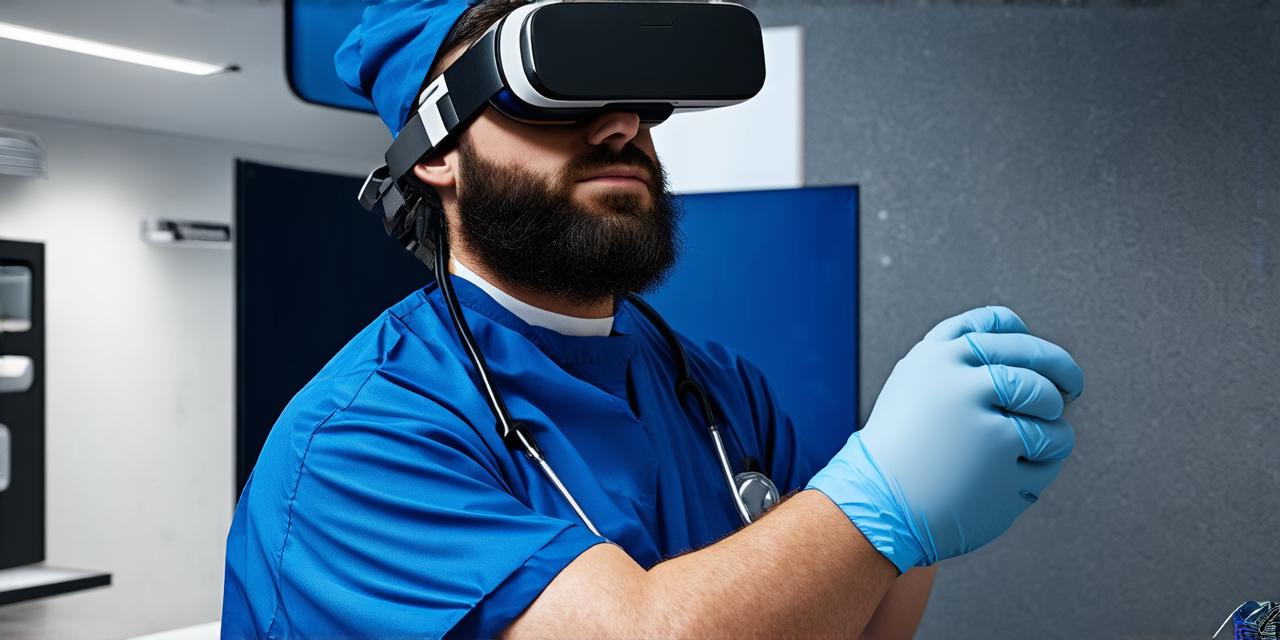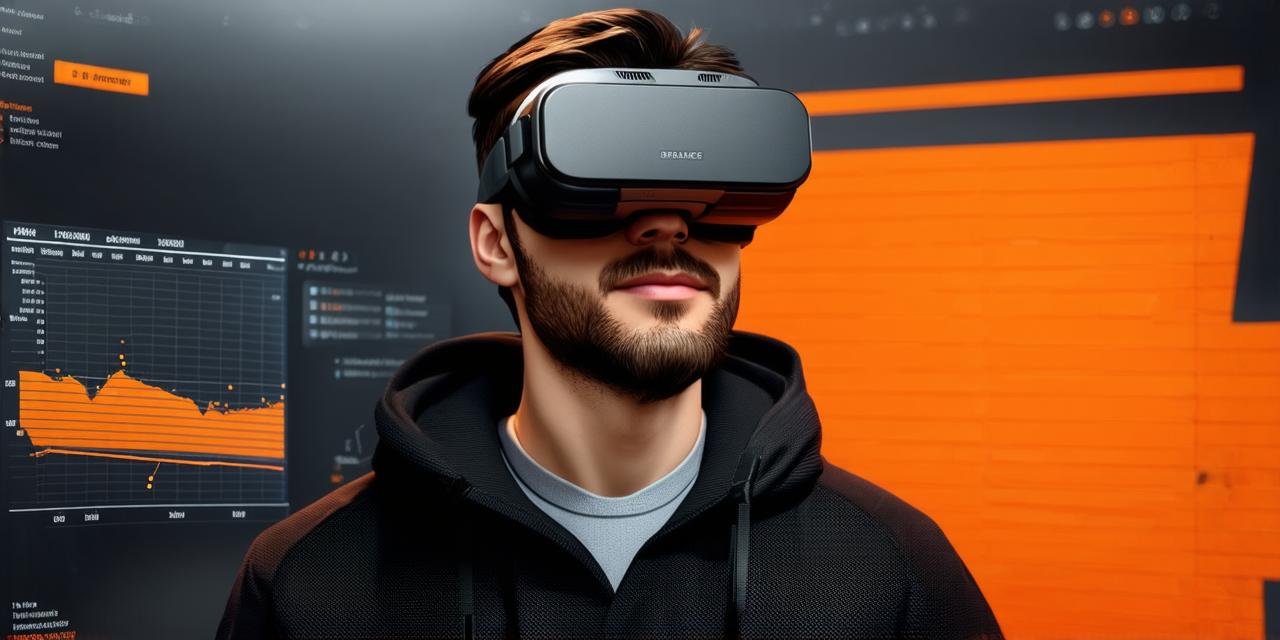Virtual Reality Therapy: What is it?
Virtual reality therapy is a form of mental health treatment that uses computer-generated simulations to create an immersive experience for patients. This technology can be used to treat a wide range of mental health conditions, including anxiety disorders, depression, and post-traumatic stress disorder (PTSD). In virtual reality therapy, patients are placed in a controlled environment where they can confront their fears or anxieties in a safe and controlled manner.
The Benefits of Virtual Reality Therapy
- Reduced fear and anxiety: Patients who participate in virtual reality therapy often report a significant reduction in their symptoms of fear and anxiety. This is because they are able to confront their fears in a safe and controlled environment.
- Increased exposure to triggering stimuli: Virtual reality therapy allows patients to be exposed to triggering stimuli, such as loud noises or bright lights, in a controlled manner. This can help them learn to cope with these triggers and reduce their impact on their mental health.
- Improved coping strategies: Virtual reality therapy can help patients develop new coping strategies for managing their symptoms of mental illness. These strategies can be applied in real life, leading to long-term improvements in mental health.
- Engaging and immersive experience: Virtual reality therapy is often more engaging and immersive than traditional forms of therapy. This can make it easier for patients to stick with treatment and see progress over time.
Why Patients Return to Virtual Reality Therapy
While some patients may find virtual reality therapy challenging at first, many others have found it to be an effective and engaging way to manage their symptoms. Here are some of the reasons why patients return to virtual reality therapy:
- Reduced stigma: Virtual reality therapy can help reduce the stigma associated with mental illness. Patients may feel more comfortable seeking treatment if they know that it involves immersive technology rather than traditional talk therapy.
- Accessibility: Virtual reality therapy is often more accessible than traditional forms of therapy. It can be done from the comfort of one’s own home, which can make it easier for patients to stick with treatment over time.
- Cost-effective: Virtual reality therapy is often less expensive than traditional forms of therapy. This can make it more accessible for patients who may not have insurance or who are cost-conscious.
- Personalized experience: Virtual reality therapy allows for a personalized experience that can be tailored to the specific needs and goals of each patient. This can make it more effective and engaging than traditional forms of therapy.
- Long-term benefits: Patients who participate in virtual reality therapy have been shown to see long-term improvements in their mental health. This can make them more likely to return for additional sessions or to recommend the treatment to others.

How AR Developers Can Make Virtual Reality Therapy More Engaging and Accessible
AR developers have an opportunity to make virtual reality therapy even more engaging and accessible by incorporating real-world scenarios, using immersive sound effects and music, offering personalized experiences, making it accessible, and collaborating with mental health professionals. Here are some ways AR developers can do this:
- Incorporate real-world scenarios: AR developers can create virtual reality therapy simulations that recreate real-life situations that trigger anxiety or fear in patients. This will help patients feel more comfortable seeking treatment as they will be able to confront their fears in a safe and controlled environment.
- Use immersive sound effects and music: Immersive sound effects and music can make the virtual reality therapy experience more engaging for patients. For example, music can be used to create a calming atmosphere, while sound effects can be used to simulate real-life situations that trigger anxiety or fear in patients.
- Offer personalized experiences: AR developers can create virtual reality therapy simulations that are tailored to the specific needs and goals of each patient. This will help make the therapy more effective and engaging for patients as they will be able to confront their fears in a way that is relevant to them.
- Make it accessible: Virtual reality therapy should be accessible to as many people as possible, including those with disabilities or who may not have access to specialized equipment. AR developers can make their therapy more accessible by ensuring that it is compatible with different devices and operating systems.
- Collaborate with mental health professionals: AR developers should collaborate with mental health professionals to ensure that their virtual reality therapy simulations are effective and safe for patients. Mental health professionals can provide valuable insights into the needs of their patients and help develop therapy that is tailored to their specific needs.
Conclusion
Virtual reality therapy has been shown to be an effective treatment for various mental health conditions, with patients returning to it because of its engaging, accessible, and long-term benefits. AR developers have an opportunity to make virtual reality therapy even more engaging and accessible by incorporating real-world scenarios, using immersive sound effects and music, offering personalized experiences, making it accessible, and collaborating with mental health professionals. By doing so, they can help patients manage their mental health and improve their quality of life.




